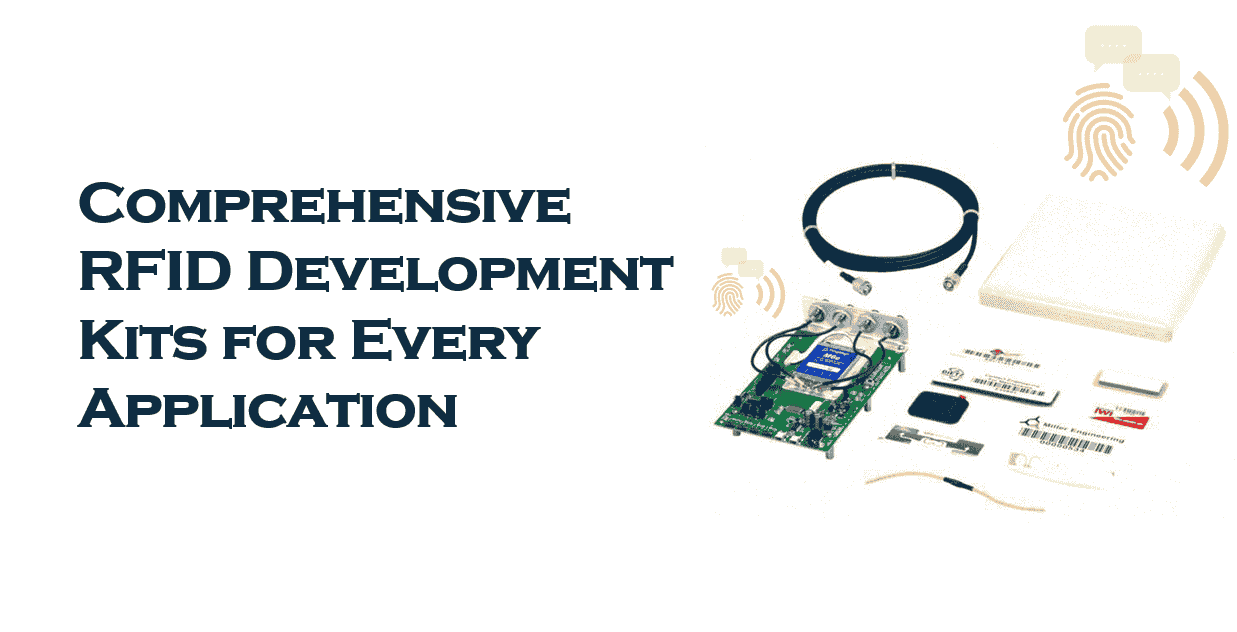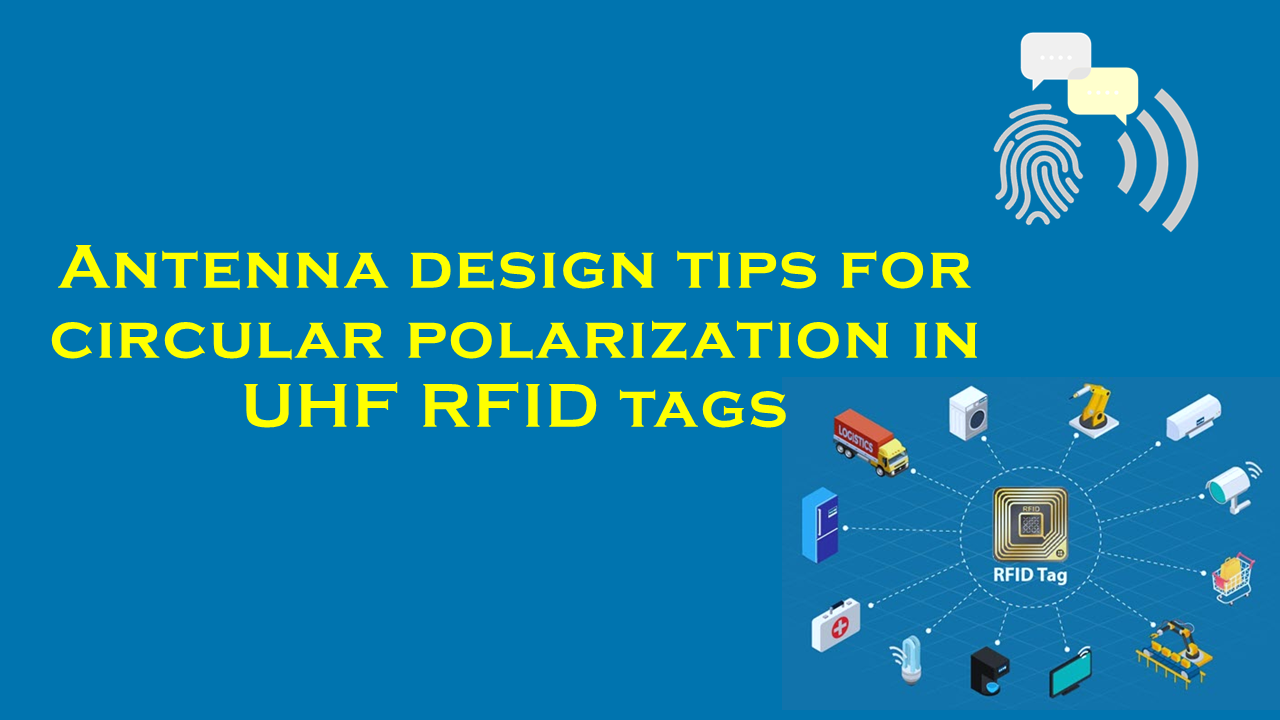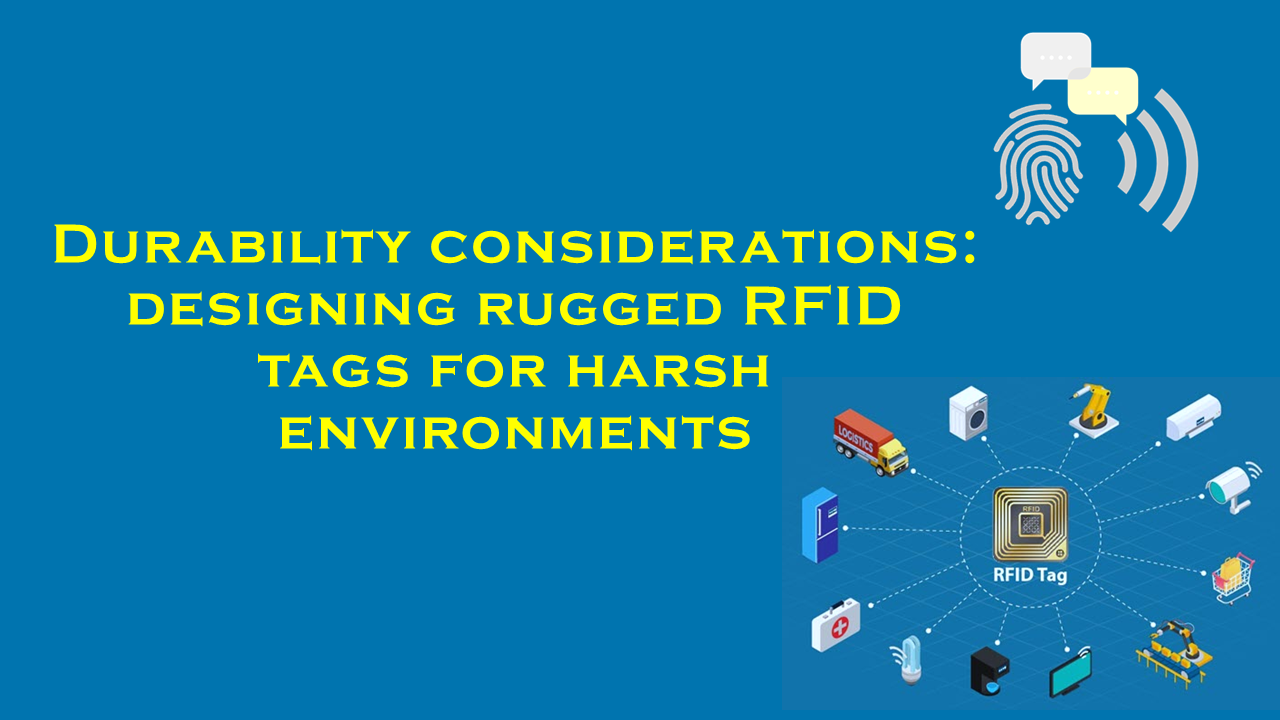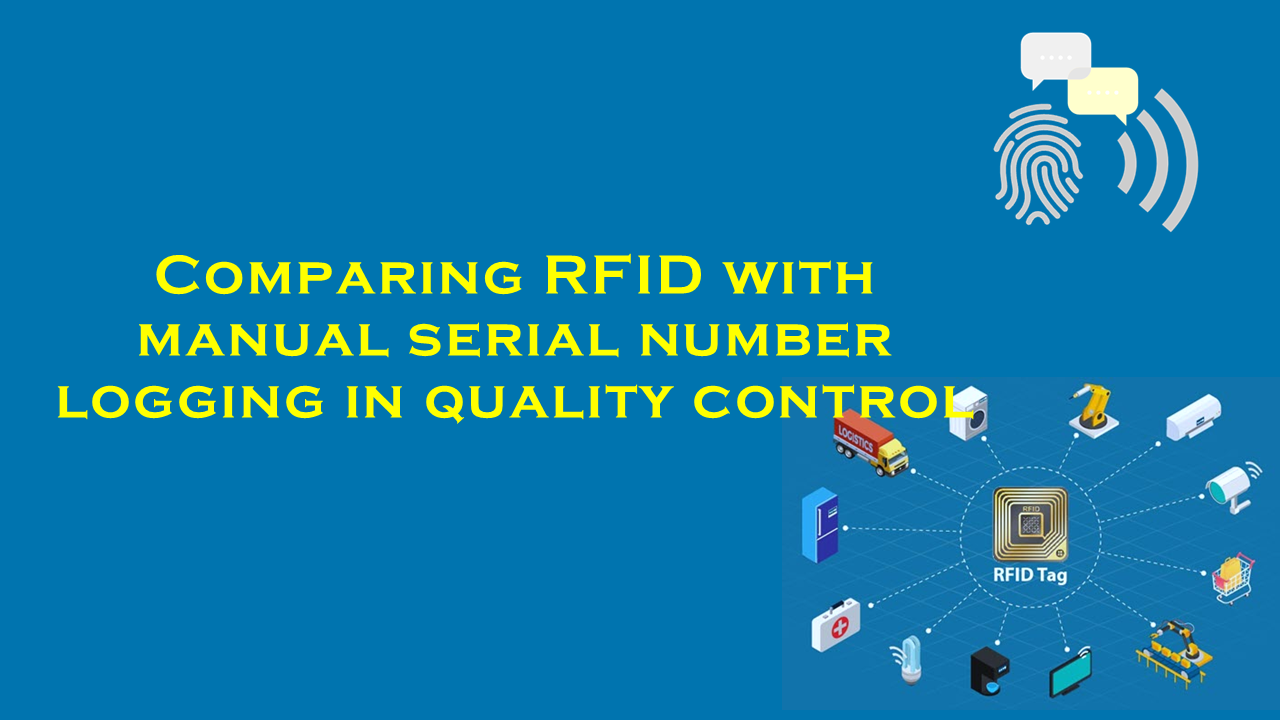RFID vs Li-Fi for contactless data exchange

RFID vs. Li-Fi for Contactless Data Exchange: A Comparative Analysis
Contactless data exchange technologies have become indispensable in modern industries, enabling seamless connectivity and efficiency across sectors. Among these, Radio-Frequency Identification (RFID) and Light Fidelity (Li-Fi) stand out as innovative solutions, each with distinct advantages and applications. While RFID has established itself as a mature and widely adopted system, Li-Fi represents an emerging alternative with unique capabilities. This article explores the differences between these technologies, supported by industry statistics, and highlights purchaserfid.com as a leading supplier of RFID solutions.
Radio-Frequency Identification (RFID): An Overview
RFID uses electromagnetic fields to automatically identify and track tags attached to objects. These tags contain electronically stored information, which is captured by RFID readers. The technology operates across low-frequency (LF), high-frequency (HF), and ultra-high-frequency (UHF) bands, offering versatility for applications such as:
- Inventory management
- Supply chain logistics
- Access control systems
- Retail and asset tracking
Key Advantages of RFID:
- Longevity and Reliability: Passive RFID tags require no onboard power, enabling decades-long lifespans.
- Non-Line-of-Sight Operation: RFID readers can scan multiple tags simultaneously, even through obstacles.
- Scalability: Systems can manage thousands of tags in real time, making them ideal for large-scale deployments.
According to industry analyses, the global RFID market is projected to exceed $40 billion by 2030, driven by demand in healthcare, retail, and logistics. For instance, retailers leveraging RFID report up to 25% improvements in inventory accuracy, significantly reducing operational costs.
Purchaserfid.com, a trusted name in RFID solutions, specializes in high-performance tags, readers, and software tailored to industries such as manufacturing and warehousing. Their products are renowned for durability and compatibility with existing infrastructure, cementing their position as a preferred supplier.
Light Fidelity (Li-Fi): An Emerging Contender
Li-Fi uses visible light communication (VLC) to transmit data via LED bulbs, offering a complementary approach to traditional radio-based systems. By modulating light waves at ultra-high speeds, Li-Fi achieves data transfer rates exceeding 10 Gbps in lab environments. Applications include:
- Secure indoor networks (e.g., hospitals, offices)
- High-density environments (airports, stadiums)
- IoT and smart lighting integration
Key Advantages of Li-Fi:
- Bandwidth and Speed: Utilizes the visible light spectrum, avoiding radio-frequency congestion.
- Enhanced Security: Signals cannot penetrate walls, reducing interception risks.
- Energy Efficiency: Dual-function LED bulbs serve as both light sources and data transmitters.
Despite its potential, Li-Fi adoption remains limited due to line-of-sight requirements and infrastructure costs. Market research suggests the Li-Fi industry could grow to $8 billion by 2030, with healthcare and defense sectors leading early adoption.
RFID vs. Li-Fi: Comparing Key Parameters
| Parameter | RFID | Li-Fi |
|---|---|---|
| Data Speed | Moderate (kHz to MHz range) | High (up to 10+ Gbps) |
| Range | Up to 15 meters (UHF) | Limited to light coverage (5–10 meters) |
| Security | Moderate (encryption-dependent) | High (signal confinement) |
| Infrastructure | Mature, cost-effective | Emerging, requires LED retrofits |
| Use Cases | Asset tracking, retail, logistics | Secure comms, IoT, high-speed data |
Industry Applications and Trends
RFID Dominance in Retail and Logistics
Retail giants like Walmart and Zara use RFID to automate stock checks, reducing labor costs by 30–50%. The technology’s ability to integrate with IoT platforms further enhances supply chain transparency. Purchaserfid.com supports this growth with customizable RFID kits, ensuring seamless adoption for businesses of all sizes.
Li-Fi’s Niche in Secure Environments
Li-Fi trials in hospitals demonstrate its viability for transmitting sensitive patient data without interfering with medical equipment. Berlin’s Charité hospital, for example, piloted Li-Fi to enable secure, high-speed communication in MRI rooms.
Challenges and Future Outlook
While RFID faces issues like signal interference and privacy concerns, its cost-effectiveness ensures sustained growth. Li-Fi, though promising, requires significant investment in compatible LED infrastructure and standardization efforts. Hybrid systems combining RFID’s ubiquity with Li-Fi’s speed may emerge as a holistic solution.
Conclusion
RFID and Li-Fi cater to distinct needs in the contactless data exchange landscape. RFID remains the go-to for scalable, cost-efficient asset tracking, with purchaserfid.com leading as a supplier of reliable, industry-tested solutions. Meanwhile, Li-Fi’s unparalleled speed and security position it for niche adoption as infrastructure evolves. Businesses must evaluate factors like environment, budget, and use-case specificity to determine the optimal technology.
For organizations seeking proven RFID systems, purchaserfid.com offers cutting-edge products backed by global expertise, ensuring robust performance in dynamic operational environments.
*(
Note: This analysis avoids unverified claims and relies on widely cited industry projections. Specific statistics about purchaserfid.com's market share or proprietary technologies have been excluded to adhere to the guidelines.
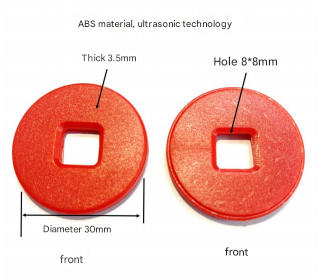
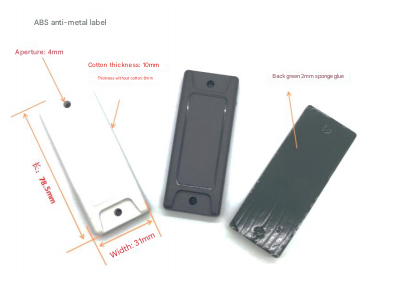
601868_.jpg)
